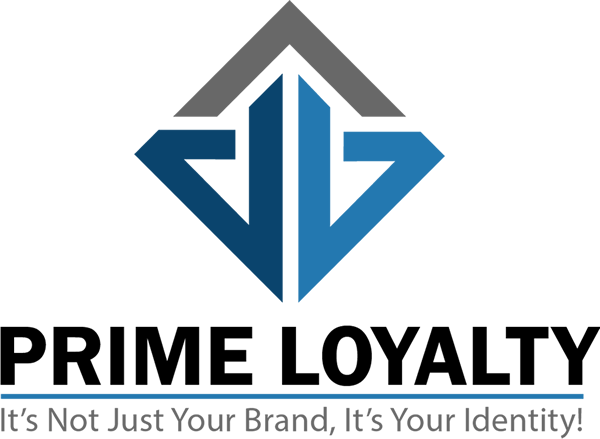How does a domain transaction work?
The world of domain transactions can seem intricate, especially if you’re new to it. Whether you’re looking to buy or sell a domain name, understanding the process is crucial. Many businesses op to work with domain brokers. Here’s a simplified guide to how domain transactions work.
1. Listing the Domain:
- If you’re a seller, you start by listing your domain on a domain marketplace or through a domain broker. This listing includes details about the domain, its price, and contact information.
2. Buyer’s Search:
- Potential buyers search for domains that match their needs. They use domain registrars, marketplaces, or work with brokers to find available domains.
3. Negotiation:
- Once a buyer finds a domain of interest, negotiations begin. This phase involves discussing the domain’s price, payment terms, and any additional conditions.
4. Agreement:
- When both parties agree on terms, they sign a domain purchase agreement. This legally binds them to the transaction’s terms and conditions.
5. Payment:
- The buyer provides payment, which is often handled through escrow services to ensure a secure transaction. Once payment is verified, the seller initiates the domain transfer process.
6. Domain Transfer:
- The domain transfer involves changing the domain’s registrar or updating its DNS settings to point to the buyer’s hosting or registrar account. The specifics depend on the domain registrar and the agreement.
7. Confirmation:
- Both parties confirm the successful domain transfer. This may involve verifying the domain’s ownership and functionality.
8. Escrow Release:
- If an escrow service was used, it releases the funds to the seller, completing the transaction.
9. Post-Transaction Steps:
- After the transaction, it’s essential to update domain registration information, renew the domain if necessary, and ensure all legal aspects are in order.
10. Enjoy Your Domain:
- As the new domain owner, you can now use it for your website, email, or other online purposes.
Legal Considerations:
- Throughout the process, both parties should be aware of legal considerations, such as ensuring the domain isn’t subject to trademark disputes or other legal issues.
Professional Assistance:
- For complex or high-value domain transactions, it’s advisable to work with experienced domain brokers or legal professionals who can navigate potential pitfalls and ensure a smooth transaction.
In summary, how does a domain transaction work? Domain transactions involve a series of steps, from listing and negotiation to transfer and confirmation. By understanding this process and considering legal and professional assistance when needed, you can confidently navigate the domain market to buy or sell domain names effectively.
Escrow.com is one of our partners and a market leader in internet escrow services. It’s quick, simple, and free to set up, and there’s no more secure way to conduct a transaction. We’ve utilized Escrow.com to settle many six and seven-figure domain deals, so you can rest assured that you’re in good hands. For more information on our domain broker services, contact us today!



